The Pokemon Trading Card Game has been around for nearly 30 years, but The Pokemon Company only began digitalizing it in 2023 with the launch of Pokemon TCG Live, its first competitive, TCG-based video game. Essentially a digital version of the Trading Card Game, it aimed to bring the trading card experience to mobile devices. Then, in 2024, The Pokemon Company, in collaboration with DeNA and Creatures, introduced another TCG game, Pocket. And despite the similar goal of delivering the TCG experience on the go, Pocket adds a unique twist.
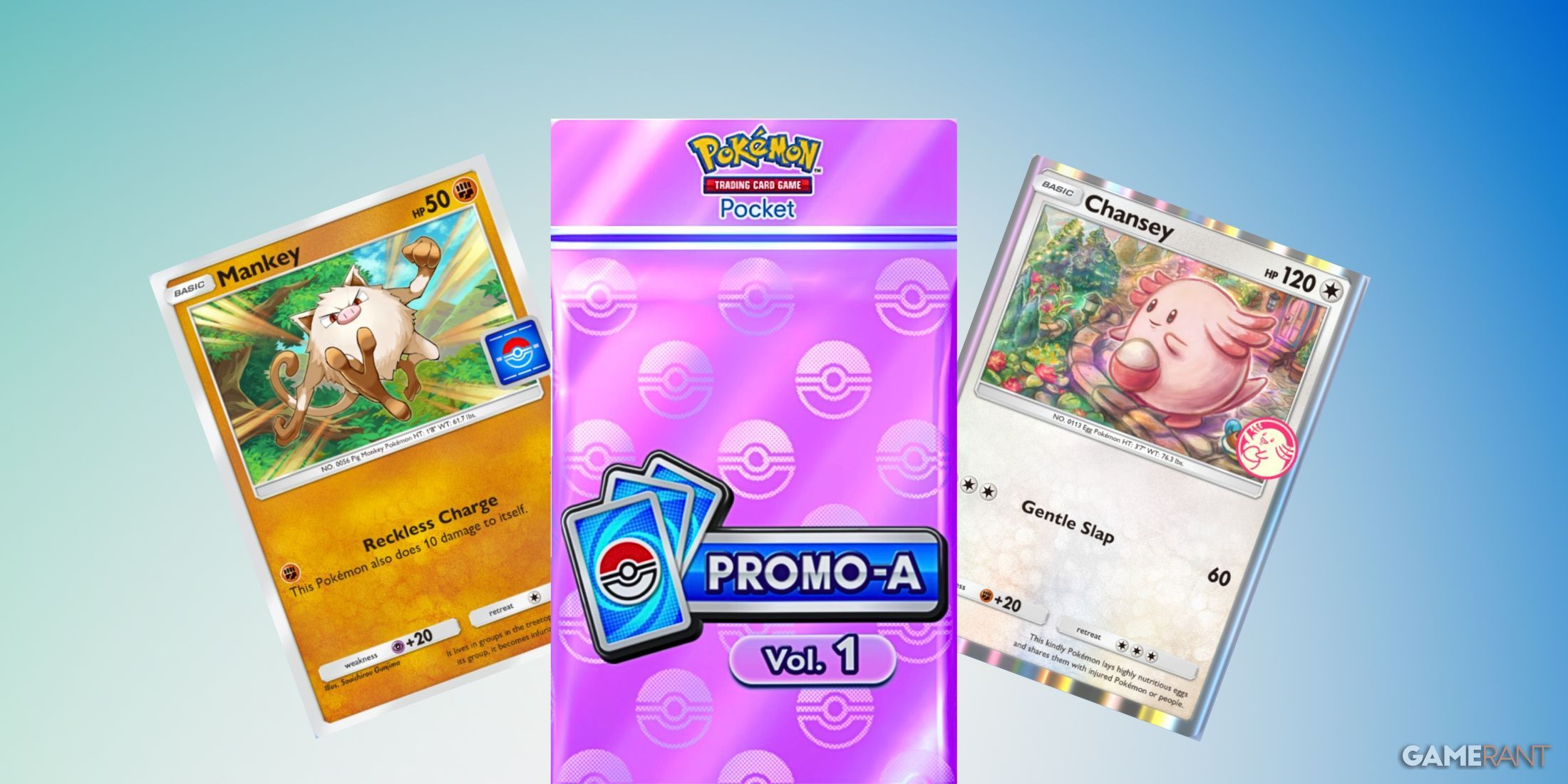
Related
Pokemon TCG Pocket: How to Get Promo Cards
Pokemon TCG Pocket is giving away Promo Cards, and those who act quickly can unlock the entire Promo-A lineup in less than a week.
Are Pokemon TCG Pocket and Pokemon TCG Live Connected?
Although the physical Pokemon Trading Card Game inspires both Pokemon TCG Pocket and Pokemon TCG Live, they are entirely separate games with no connections. Each game centers around collecting Pokemon cards and battling, but no cross-progression or cross-play is available between them.
What’s Different Between Pokemon TCG Pocket and Live?
TCG Pocket and TCG Live differ in their approaches to card acquisition, deck-building, combat, rules, microtransactions, progression, and game modes. Here’s a breakdown.
Card Acquisition
- Pocket: You acquire cards via booster packs
- Live: You acquire cards via battle pass and redeem codes
In Pocket, cards are earned by opening free and paid booster packs. Free-to-play players can open two packs daily, with the option to expand this by spending in-game currencies. In Live, the main methods for acquiring cards are the free Battle Pass and physical Pokemon TCG packs. The Battle Pass rewards new cards based on player progression in matches, while the physical packs come with redeem codes that unlock their digital counterparts in the game.
Microtransaction
- Pocket: Has multiple paid services
- Live: Revolves around one premium pass
Pokemon TCG Pocket places a strong emphasis on microtransactions, offering paid currencies like Poke Gold. While players don’t need to pay to progress, they’ll need these currencies to open more packs and access better cards. In contrast, Pokemon TCG Live has minimal microtransactions. Players primarily pay for physical booster packs, digital pack codes, or premium passes to earn extra cards, which are way cheaper compared to Pocket’s monetization system.
Combat and Rules
- Pocket: Simplifies physical Pokemon TCG’s mechanics and rules
- Live: Is a replica of the physical Pokemon TCG
In terms of combat and rules, Pokemon TCG Pocket offers a simpler version of the original game. Matches are shorter, the card roster is limited, the player’s hand and bench size are smaller, and the Prize Card mechanic is replaced with knockout points. Here’s a breakdown:
1. In Pocket, you win by knocking out the opponent’s Active Pokemon three times. In Live, you collect six Prize Cards, earned through various actions, to win.
2. Pocket allows three Pokemon on the bench, while Live allows five.
3. Pocket players can hold only five cards in their hand, while Live allows seven.
4. Damage distribution differs in Pocket, with Pokemon having fewer damage points than in Live.
5. Certain features from Live, like Resistance and Pokemon V cards, are absent in Pocket.
6. Pocket lacks a Mulligan mechanic, so you’re guaranteed to start with a Basic. Live uses RNG from the beginning, so you might not get a Basic in your starter hand and need a Mulligan.
Progression
- Pocket: Progression revolves around collecting cards
- Live: Progression is tied to competitive (PvP) aspects
Pokemon TCG Live encourages players to compete against others to progress on the ranked leaderboards. In contrast, Pokemon TCG Pocket focuses more on collecting cards. Progression is driven by opening more packs, unlocking rarer Pokemon, and showcasing or trading them with other players through the game’s social features.
Game Modes
- Pocket: Has game unique game modes
- Live: Replicates the physical Pokemon TCG’s modes
The game modes in Pokemon TCG Live are mostly digital replicas of the physical game’s modes, such as Standard and Expanded, along with additions like Casual and Ranked. These modes follow the same combat rules as the physical game but serve slightly different purposes.
In Pokemon TCG Pocket, players can choose between PvP and challenging friends to friendly matches, similar to Live. However, the key difference is that Pocket offers the option to play against AI, which isn’t available in Live.
Deck-Building
The biggest difference between Pokemon TCG Pocket and Pokemon TCG Live decks is their size. In Pocket, decks are limited to 20 cards, with only two variants of the same card allowed. In Live, decks consist of 60 cards, and you can have up to four of each Pokemon or utility card.
Additionally, Pocket lacks Stadium and Tool cards, focusing only on Trainer (Item and Supporter) and Pokemon cards. Unlike Live, there’s no way in Pocket’s matches to search your deck for specific cards, whereas Live includes utility cards like Ultra Ball for that purpose.
Why There Are Two Digital Pokemon TCG Games?
As reported by Nerdist, Pokemon TCG Pocket’s Executive Corporate Officer, Keita Hirobe, stated in a pre-launch interview that the goal of Pocket is to create an immersive experience for Pokemon fans who are new to the trading card game aspect of the franchise.
Hirobe further explained, “Pocket is our idea to make [the Pokemon TCG] more approachable and accessible to a wider range of players.” He contrasted this with Pokemon TCG Live, describing it as an extension of the physical card game aimed at helping players learn the rules and test decks. In contrast, Pocket emphasizes the card-collecting experience, blending card-collection and competition elements in one digital format.


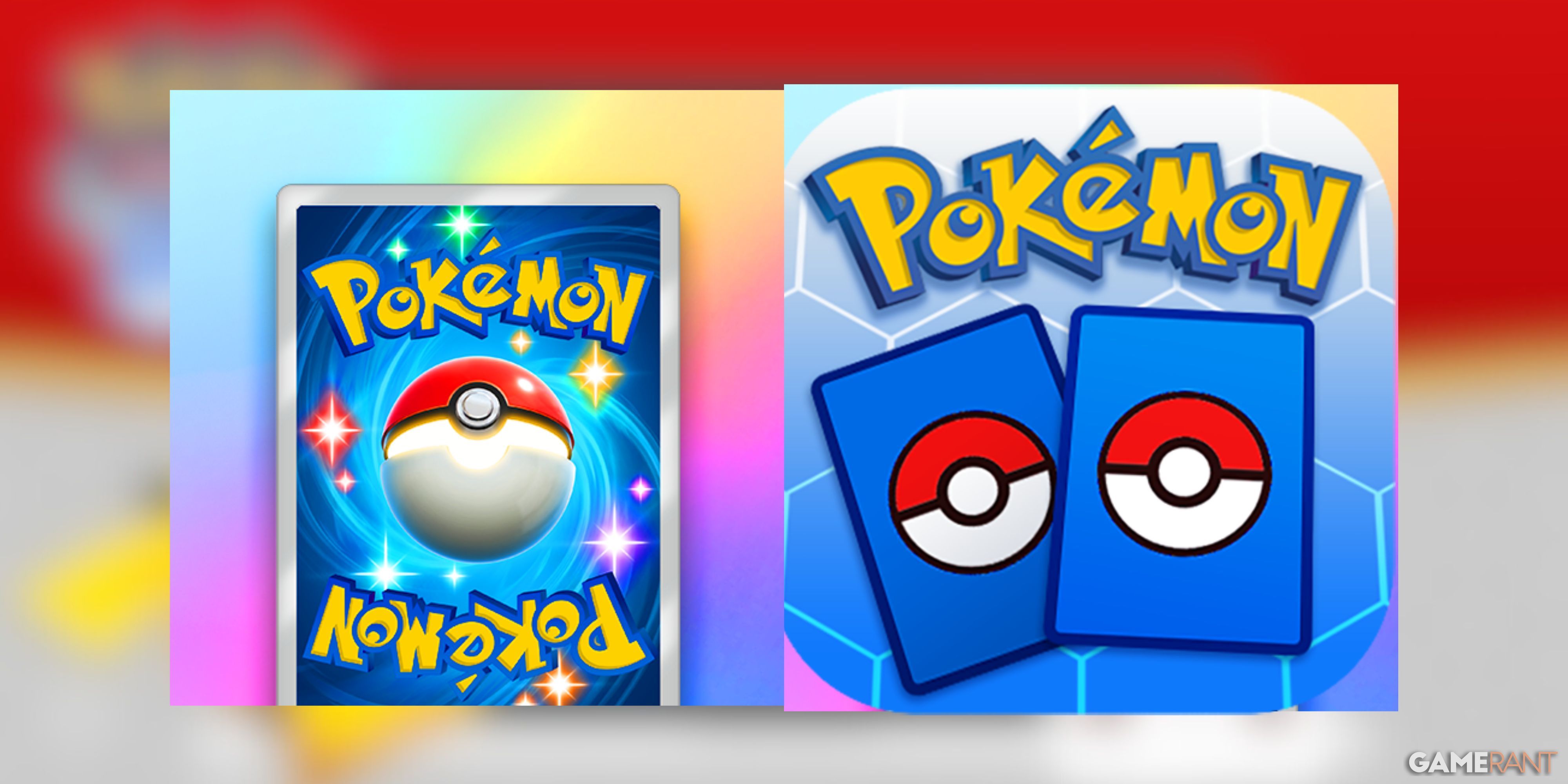
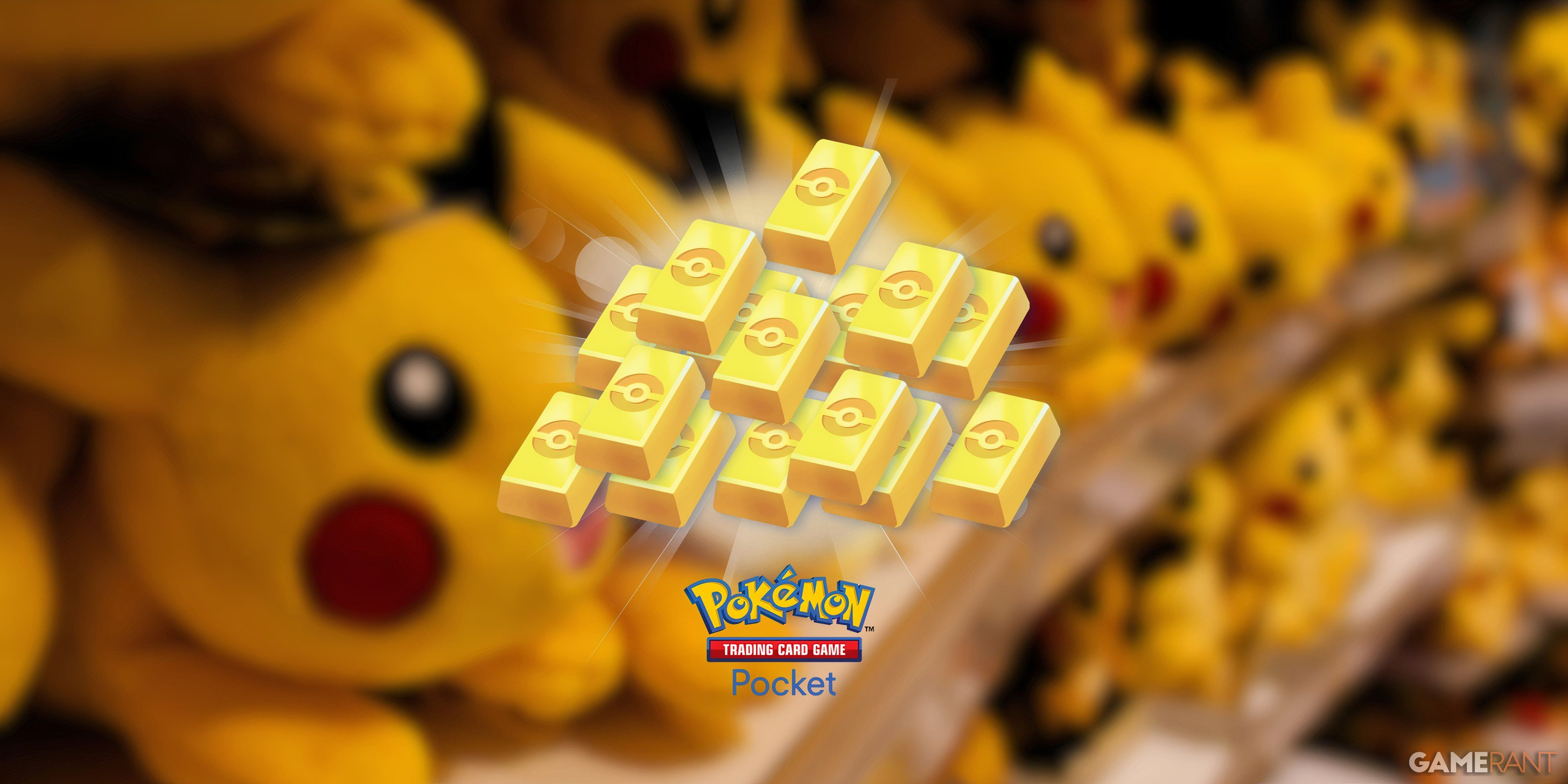
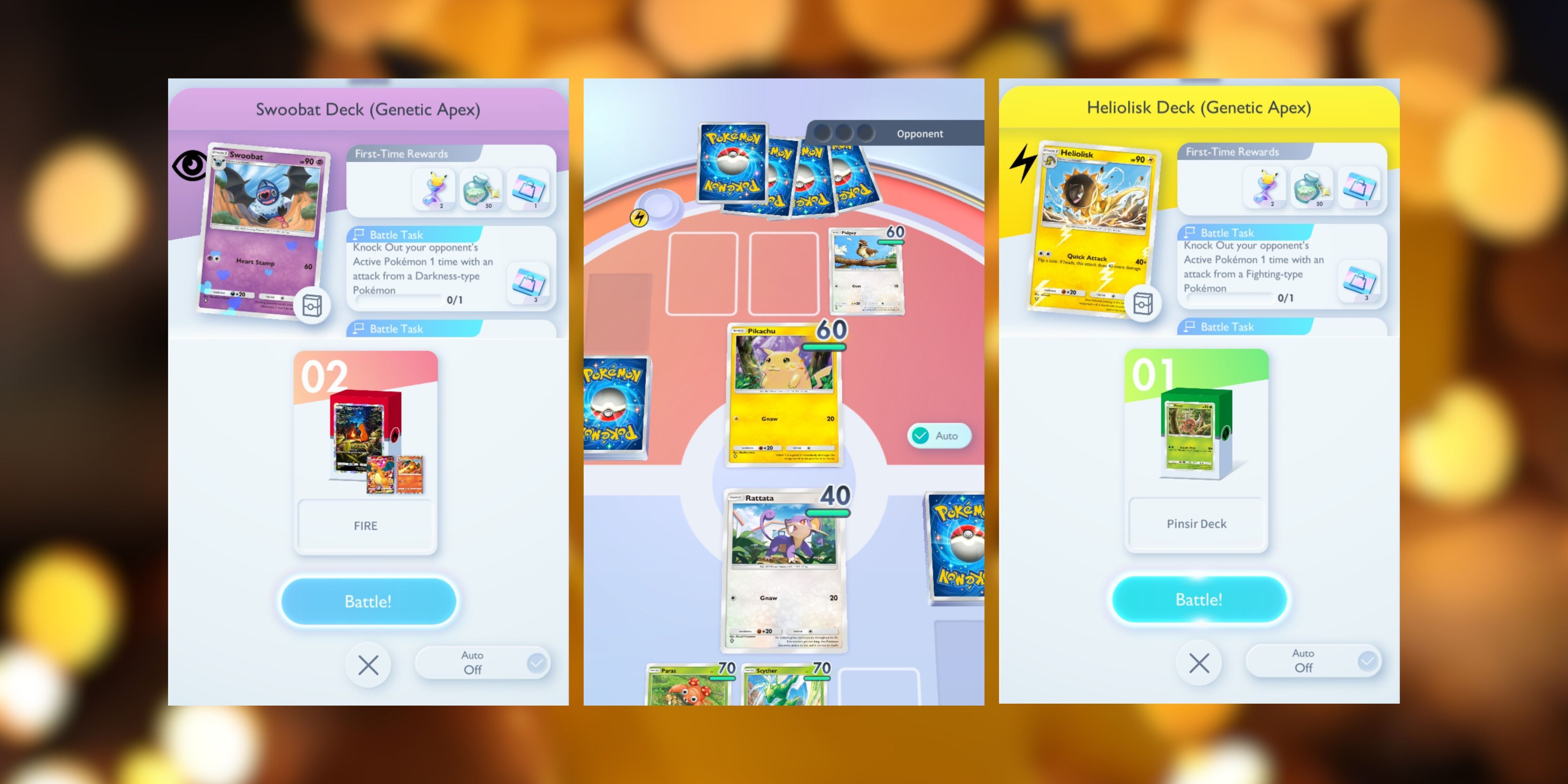

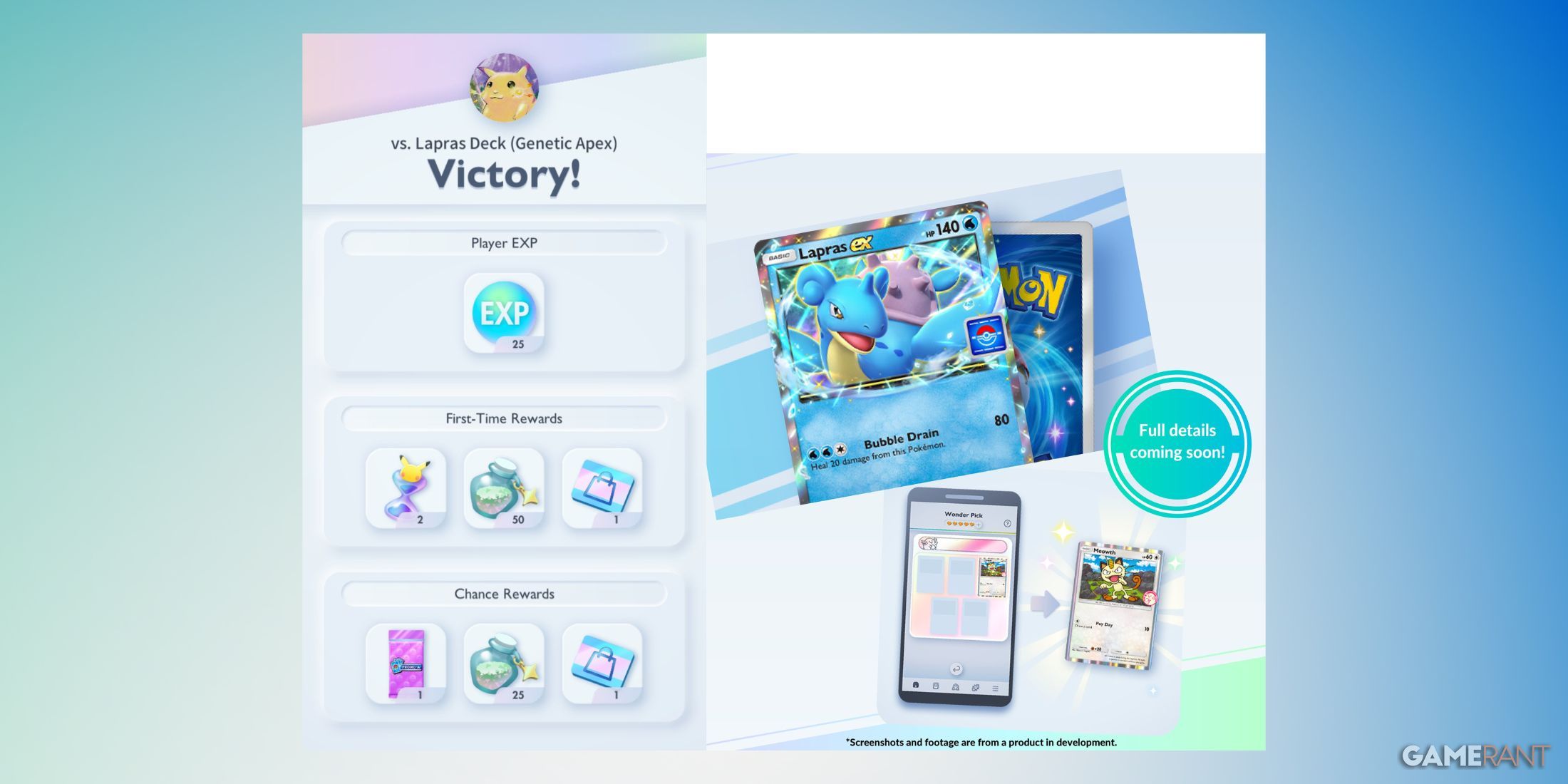
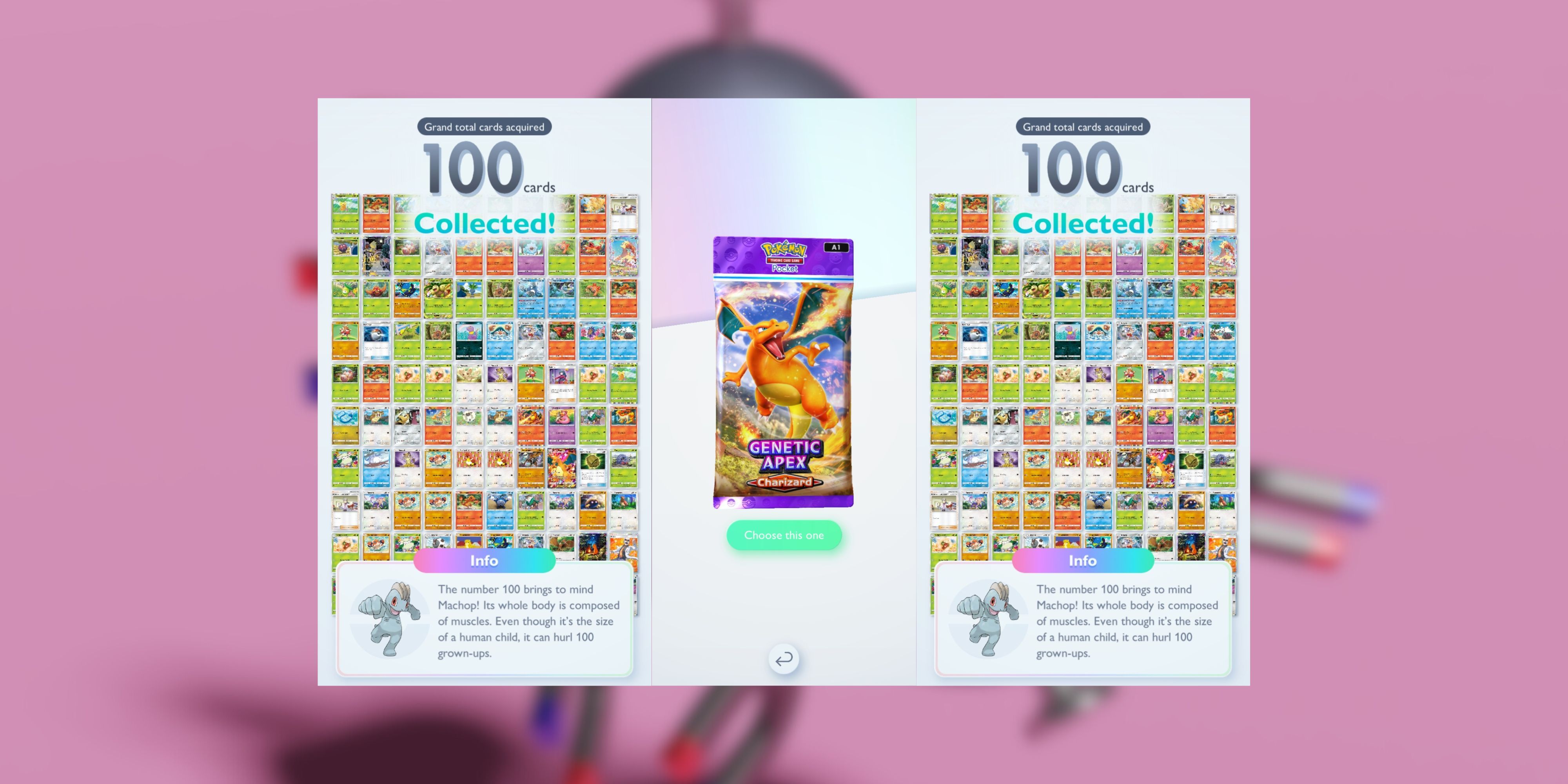
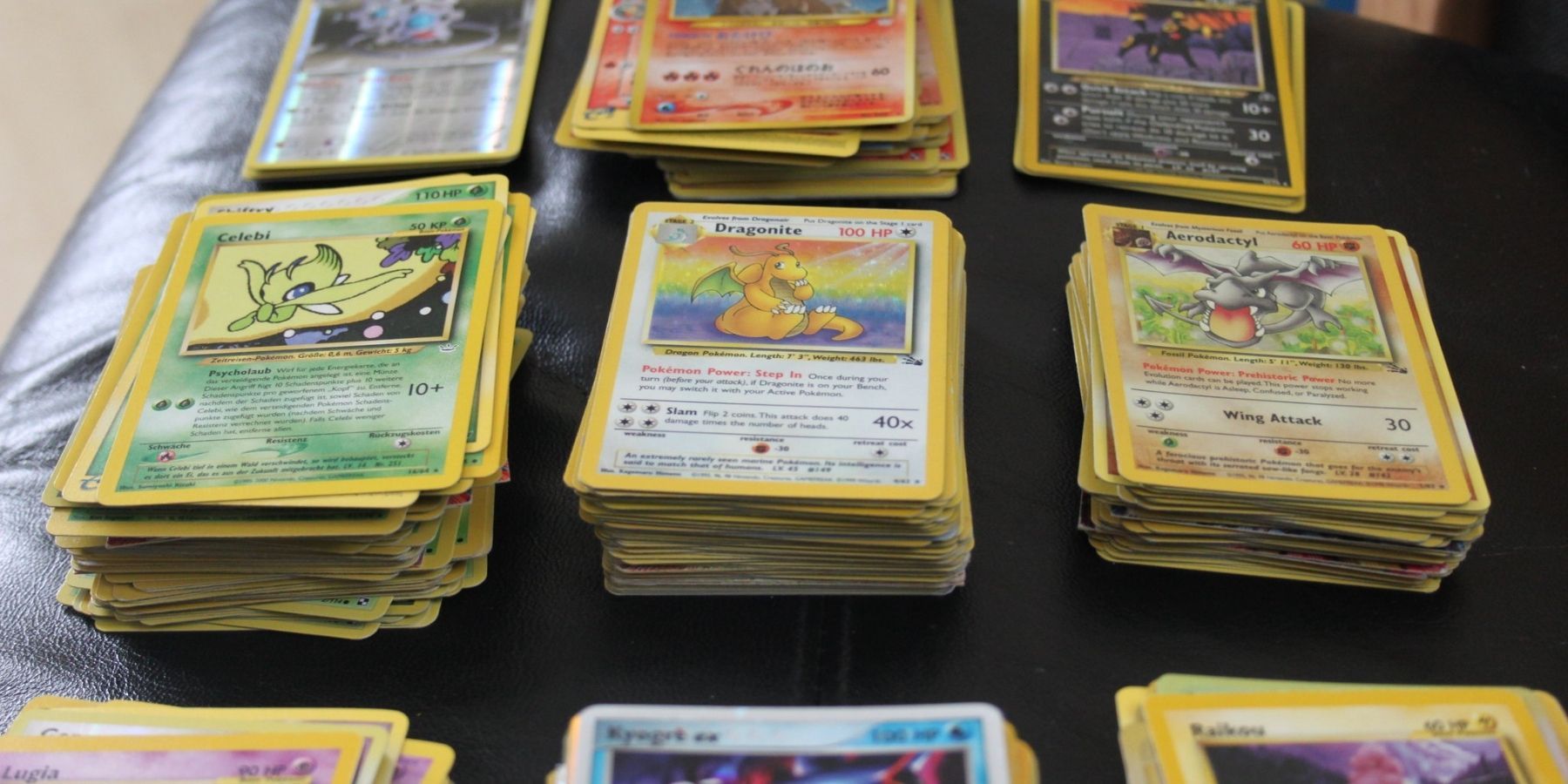
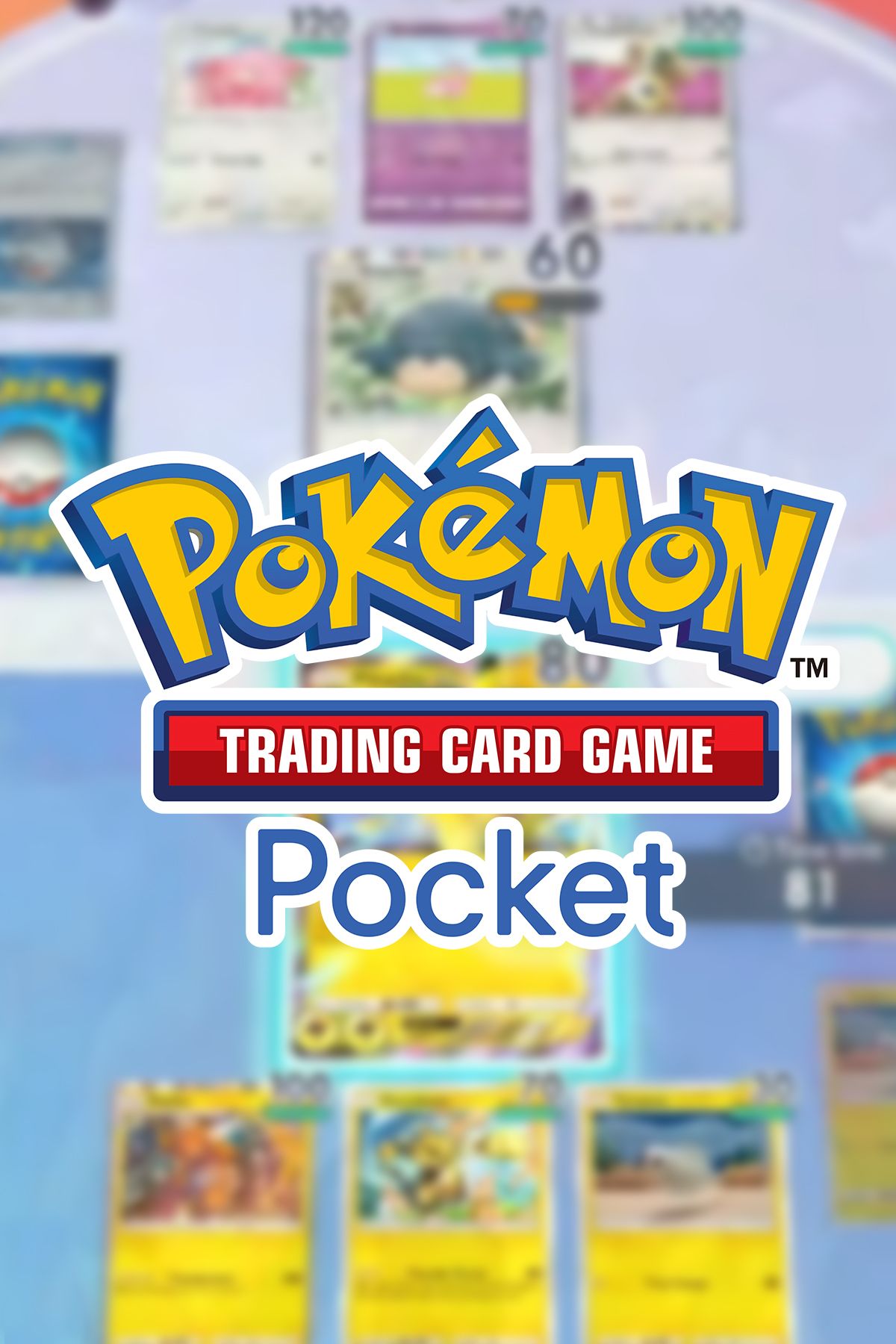

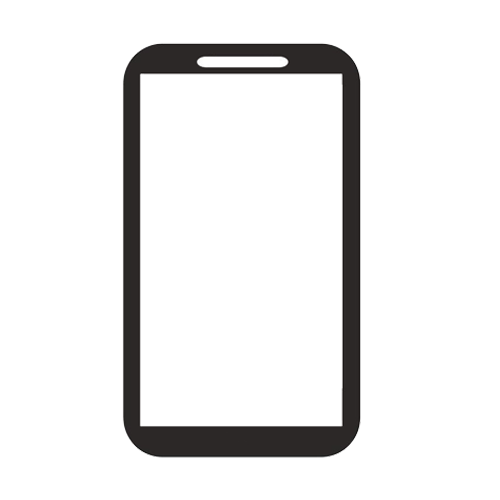


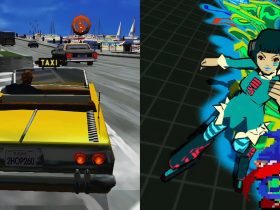
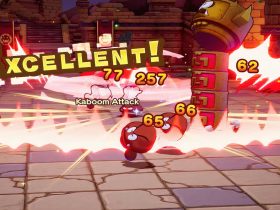
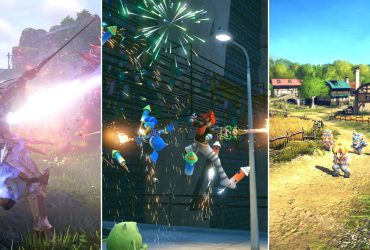





Leave a Reply